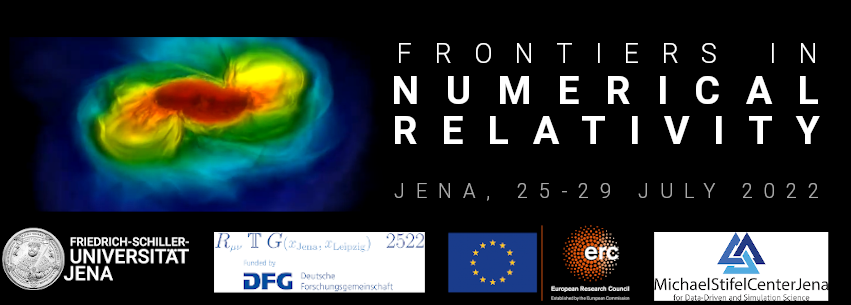Speaker
Description
Modelling the transport of neutrinos is crucial for core-collapse supernavoae and neutron star mergers. Evolving the complete Boltzmann equations for radiative transport is extremely expensive, so several more efficient approximation formalisms have been developed to face such difficulty. In this talk, I will focus on the truncated-moment formalism, considering only the first two moments (M1) within the gray approximation, which reduces Boltzmann seven-dimensional equation to a system of 3+1 equations. Just the first two moments (radiation energy density and radiation flux) are evolved, while all the other higher-order moments are provided by an approximate algebraic closure relation as a function of low-order moments. Solving this approximated formalism is still mathematically challenging because it is necessary to model the interaction of radiation and matter in several regimes where the evolution equations become stiff and behaves as an advection-diffusion problem. Here, I will present different high-order time integration schemes based on Implicit-Explicit Runge-Kutta (IMEX) methods designed to overcome the time-step restriction caused by such behaviour and analyze their performance in several numerical tests. Simulations were carried out using Julia, a high performance dynamic programming language that allows the resulting code to be easily executed on GPUs.

